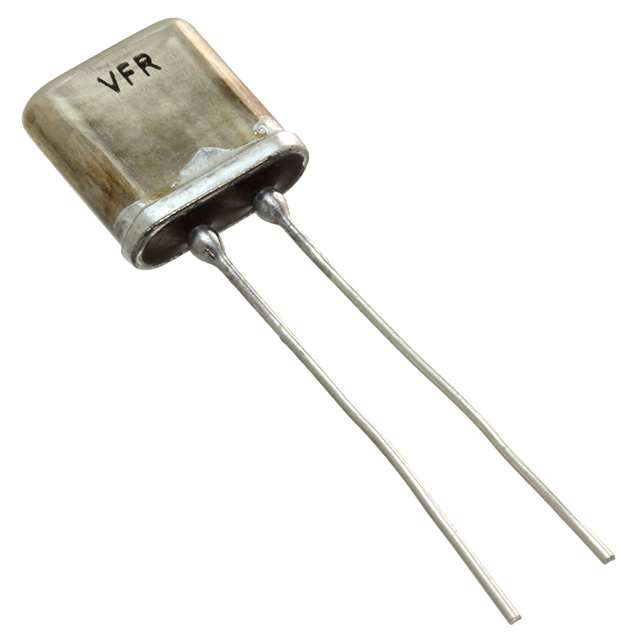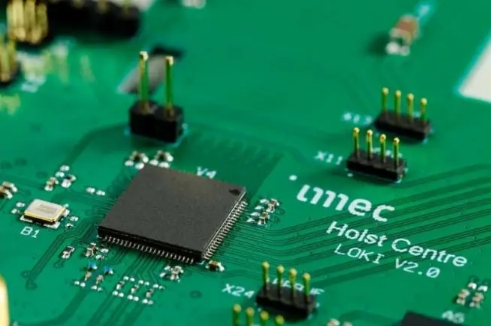What is the common production process for capacitor compensation?
Common Production Process for Capacitor Compensation
I. Introduction
Capacitor compensation is a critical aspect of electrical engineering that plays a vital role in enhancing the performance and efficiency of electrical systems. At its core, capacitor compensation involves the use of capacitors to improve power factor, stabilize voltage levels, and ensure the reliable operation of electrical equipment. This blog post will delve into the common production process for capacitor compensation, exploring its significance, functionality, and the steps involved in manufacturing capacitors.
II. Understanding Capacitor Compensation
A. Explanation of Capacitor Functionality
Capacitors are passive electrical components that store and release electrical energy. They consist of two conductive plates separated by a dielectric material, which allows them to hold an electric charge. The primary functions of capacitors in electrical systems include:
1. **Energy Storage**: Capacitors can store energy in the form of an electric field, which can be released when needed. This property is particularly useful in applications requiring quick bursts of energy, such as in power supply circuits.
2. **Voltage Regulation**: Capacitors help maintain stable voltage levels in electrical systems by compensating for fluctuations in power supply. This regulation is crucial for the proper functioning of sensitive electronic devices.
B. Types of Capacitor Compensation
Capacitor compensation can be categorized into two main types:
1. **Fixed Capacitor Compensation**: This type involves the installation of fixed capacitors in electrical systems to improve power factor and voltage stability. Fixed capacitors are typically used in industrial applications where the load is constant.
2. **Automatic Capacitor Compensation**: Automatic systems utilize sensors and control mechanisms to adjust the amount of capacitance in real-time based on the load conditions. This dynamic approach is beneficial in applications with varying loads, such as in commercial buildings.
C. Applications of Capacitor Compensation
Capacitor compensation finds applications in various areas, including:
1. **Power Factor Correction**: By reducing the reactive power in electrical systems, capacitors help improve the power factor, leading to increased efficiency and reduced energy costs.
2. **Voltage Stability in Power Systems**: Capacitors play a crucial role in stabilizing voltage levels, ensuring that electrical equipment operates within safe limits and preventing damage due to voltage fluctuations.
III. Overview of the Production Process
The production process for capacitor compensation involves several key steps, starting from the initial design to the final assembly of the capacitor units.
A. Initial Design and Specifications
The first step in the production process is determining the requirements for the capacitors. This involves:
1. **Determining Requirements**: Engineers assess the specific needs of the electrical system, including voltage ratings, capacitance values, and environmental conditions.
2. **Selecting Capacitor Types**: Based on the requirements, the appropriate type of capacitor (fixed or automatic) is selected to ensure optimal performance.
B. Material Selection
Material selection is a critical aspect of capacitor production, as the choice of materials directly impacts the performance and reliability of the capacitors. Key considerations include:
1. **Dielectric Materials**: The dielectric material, which separates the conductive plates, must have high insulation resistance and low dielectric losses. Common materials include ceramic, polyester, and polypropylene.
2. **Conductive Materials**: The conductive plates are typically made from aluminum or copper, chosen for their excellent conductivity and corrosion resistance.
3. **Environmental Considerations**: Manufacturers must consider the environmental impact of the materials used, opting for sustainable and recyclable options whenever possible.
IV. Manufacturing Process
The manufacturing process for capacitors involves several stages, each crucial for ensuring the quality and performance of the final product.
A. Component Fabrication
1. **Dielectric Layer Production**: The dielectric material is processed into thin layers, which are essential for the capacitor's functionality. This may involve techniques such as extrusion or film casting.
2. **Electrode Preparation**: The conductive plates are prepared by cutting and shaping the metal sheets to the required dimensions. Surface treatments may also be applied to enhance conductivity and prevent oxidation.
B. Assembly of Capacitor Units
1. **Layer Stacking**: The dielectric layers and electrodes are stacked together in a specific order to form the capacitor unit. This stacking must be done with precision to ensure optimal performance.
2. **Connection of Terminals**: Electrical terminals are attached to the capacitor unit, allowing for easy connection to electrical circuits. This step requires careful soldering or welding to ensure reliable electrical contact.
C. Encapsulation and Protection
1. **Insulation Techniques**: To protect the capacitor from environmental factors, insulation techniques such as potting or encapsulation are employed. This ensures that the capacitor remains functional in various conditions.
2. **Environmental Protection Measures**: Additional protective measures, such as conformal coatings, may be applied to enhance the capacitor's durability and resistance to moisture, dust, and chemicals.
V. Quality Control and Testing
Quality control is a vital aspect of the capacitor production process, ensuring that the final products meet industry standards and customer expectations.
A. Importance of Quality Assurance
Quality assurance processes are implemented throughout the manufacturing stages to identify and rectify any defects or inconsistencies. This helps maintain the reliability and performance of the capacitors.
B. Testing Procedures
1. **Electrical Testing**: Capacitors undergo rigorous electrical testing to verify their capacitance values, voltage ratings, and leakage currents. This ensures that they perform as intended in real-world applications.
2. **Mechanical Testing**: Mechanical tests assess the physical integrity of the capacitors, including their resistance to vibration, shock, and thermal cycling.
3. **Environmental Testing**: Capacitors are subjected to environmental tests to evaluate their performance under various conditions, such as extreme temperatures and humidity levels.
C. Certification and Compliance Standards
Manufacturers must adhere to industry standards and regulations, obtaining certifications that demonstrate compliance with safety and performance requirements. This may include ISO certifications and adherence to standards set by organizations such as the International Electrotechnical Commission (IEC).
VI. Final Assembly and Packaging
Once the capacitors have passed all quality control tests, they proceed to the final assembly and packaging stages.
A. Final Inspection
A thorough final inspection is conducted to ensure that each capacitor meets the required specifications and quality standards. Any defective units are removed from the production line.
B. Packaging Considerations
1. **Protection During Transport**: Capacitors are packaged using protective materials to prevent damage during transport. This may include foam padding, anti-static bags, and sturdy boxes.
2. **Labeling and Documentation**: Each package is labeled with essential information, including product specifications, handling instructions, and compliance certifications. Documentation is also provided to facilitate traceability and quality assurance.
VII. Conclusion
In summary, the production process for capacitor compensation involves a series of well-defined steps, from initial design and material selection to manufacturing, quality control, and final assembly. Capacitor compensation plays a crucial role in enhancing the efficiency and reliability of electrical systems, making it an essential component in modern engineering.
As technology continues to evolve, the production processes for capacitors are likely to undergo further advancements, incorporating new materials and manufacturing techniques. Continuous improvement in manufacturing practices will be vital to meet the growing demands for energy efficiency and sustainability in electrical systems.
VIII. References
A comprehensive list of references, including academic journals, industry standards, and manufacturer specifications, can provide further insights into the production process for capacitor compensation and its applications in electrical engineering.









